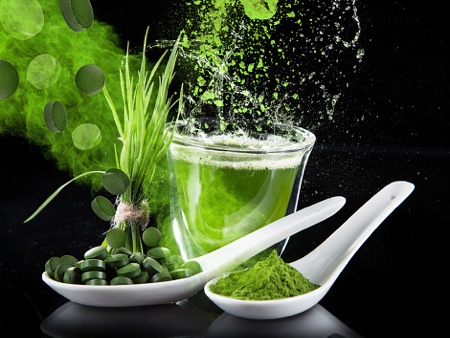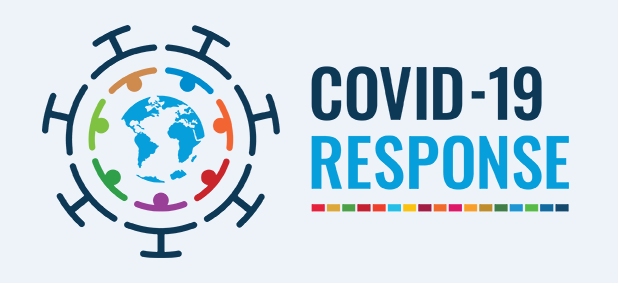Biotechnological Exploitation of Microalgae for Nutraceutical Product Developments
Biotechnological Exploitation of Microalgae for Nutraceutical Product Developments

Dr. Jikku Jose
Senior Research Fellow, IISD
Head, IISD Biotechnology Division
The world population is projected to exceed 10 billion people by 2050. Agriculture alone can not meet the demand for food for this ever-increasing population, where climate change and loss of cultivable land due to urban expansion already reduced agriculture productivity.
Industrialization and anthropogenic pollution have added the accumulation of toxic materials in the environment. Exposure to these harmful chemicals is leading to biomagnification and related disease emergence. At this juncture, the change in the food habits is inevitable where the food we eat is to be highly nutritious that can provide immunity to fight the pollutants we are unknowingly exposed to. Besides, it is estimated that roughly 1 out of 9 people in the world are undernourished presently. Therefore, changing current food sources and novel technological approaches are needed to meet the
quantative demand and specific nutraceutical requirements.
Microalgae are one of the suitable food forms that can explore in the current scenario. Microalgae are microscopic photosynthetic organisms found in marine,
as well as in freshwater, environments. They contain high-value compounds such as oils, colourants, and polysaccharides. Photosynthetic microalgae can minimize environmental impact through sustainable sourcing of food requirements with minimum carbon footprints. Implementing phenomics and genetic engineering, and molecular genetics approaches to microalgae systems can improve productivity.
Many microalgae are nutritionally potential foods, and their yields outperform most plant crops. The existing strains can be improved using biotechnological tools for better productivity in cost-effective ways by enhancing the nutritional content, productivity, and organoleptic traits of algae. The efficacy of microalgae to produce compounds such as carotenoids, essential fatty acids and pigments are being studied and used for various industrial applications.
Carotenoids, also called tetraterpenoids, are naturally occurring pigments with antioxidant properties, synthesized by plants,
algae, and photosynthetic bacteria. The first commercialized product derived from algae was b-carotene.
Dunaliella salina, a halophilic alga growing in saline habitats, is a rich source of b-carotene.
Astaxanthin, ketocarotenoid (ASX), 3, 30-dihydroxy-b, b-carotene-4, 40-dione, is another carotenoid with significant antioxidant
properties than other carotenoids. Haematococcus pluvialis,
a freshwater species of Chlorophyta from the family Haematococcaceae, appears to be the
most promising source for industrial biological production of ASX.
They possess protective activities, such as anti-inflammatory and anticancer;
hence the applications in the pharmaceutical and cosmetic industries are more potent.
Omega-3 (w-3) fatty acids are polyunsaturated fatty acids (PUFAs) and essential components for the growth of higher eukaryotes. Eicosapentaenoic acid (EPA, 20:5) and docosahexaenoic acid (DHA, 22:6) are the most important fatty acids belonging to this group provide significant health benefits such as reducing cardiac diseases, stroke and high blood pressure, depression, rheumatoid arthritis and asthma. Many marine and heterotrophic microalgae are rich sources of omega-3 fatty acids with high EPA (C20:5) and DHA (C22:6). Isochrysis strain T-iso and Pavlova lutheri are potential candidates for DHA, whereas, Nannochloropsis gaditana, and Nannochloropsis oculata are rich in eicosapentaenoic acid (EPA), and Rhodomonas salina, Tetraselmis uecica are promising organisms for alpha-linolenic acid (ALA).
Although several such microalgae have high nutritional content, only Arthrospira platensis and Arthrospira maxima are the most commonly investigated organism for human consumption. Considering the current requirements of alternate and additional nutritionally rich food sources, the exploitation of potential microalgae and enhancement of biomolecules production are to be addressed.
Microalgae show diverse metabolic pathways. Changes in culture conditions or metabolic engineering can induce metabolic change and thereby enhancement of metabolites. A leap in technology to increase production with a concomitant decrease in the cost of production using biotechnological approaches can bring out the desired deliverables from these miraculous living systems. The strategic approach to harness new safe food sources will support a profound change of the global food system. It is crucial absorb a novel way to nourish the more than 690 million people who are hungry today - and the additional 2 billion people the world will have by 2050 as per World Food Forum and UN Sustainable Development Goal - SDG 02 to mitigate the hunger and malnourishment.
The Author is a Senior Research Fellow and Head, Biotechnology Division at Indian Institute of Sustainable Development (IISD), New Delhi.















